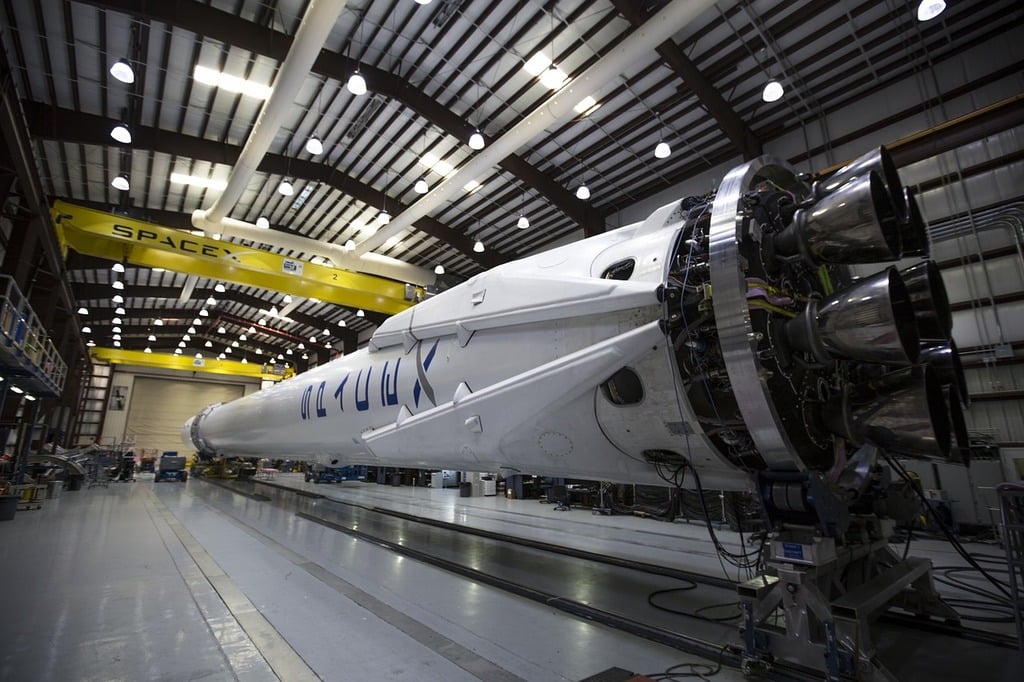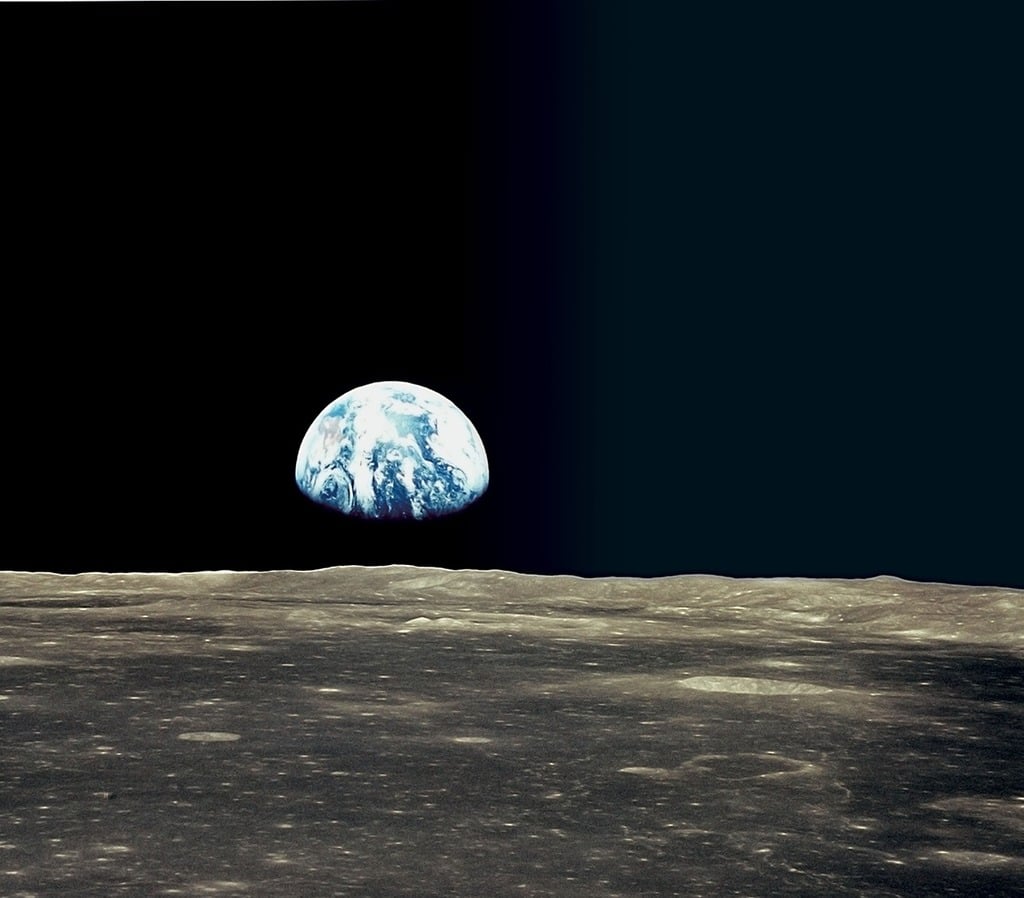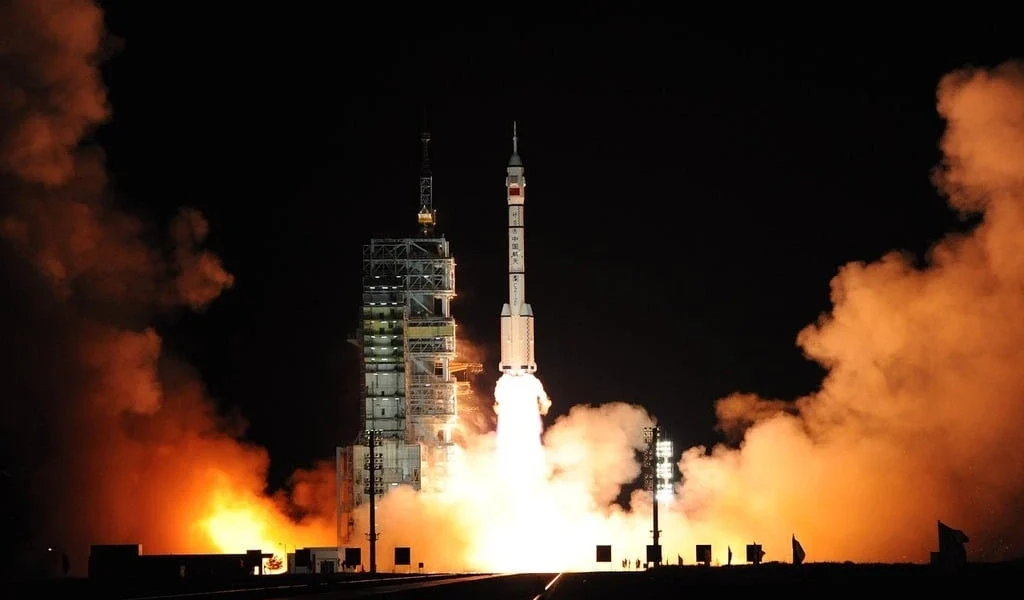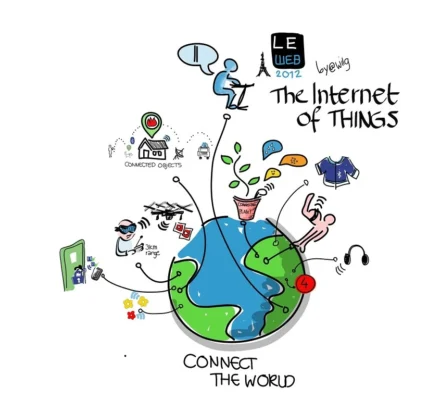The advancement of our travel abilities, both within the atmosphere of our planet and outside its limits, is dependent on aerospace science and technology today. It is a field that integrates flight study with space exploration and aircraft and spacecraft design, all directed towards enhancing transport, communication, and scientific research. Such studies involve everything from the planes we fly in to missions on Mars, and they all refer to groundbreaking science and technology in aerospace.
In this article, we will probe deeply into what aerospace science and technology embrace, the critical areas it covers, and how it could affect our everyday life and future exploration.
What is Aerospace Science and Technology ?
Aerospace science and technology is the engineering practice associated with an aircraft or spacecraft toward the design, development, and operation of that vehicle. The two major subdivisions include:
- Aeronautics: The science of all flight activities that occur within the Earth’s atmosphere, including the design of airplanes, helicopters, and drones.
- Astronautics: That science practice of travel beyond the confines of Earth, it includes both the concept and design of spacecraft, satellites, and space stations, as well as the exploration and application of science for missions to other planets.
They require very specialized principles in physics, mathematics, material sciences, computer engineering, and other fields. Further, as the technology continues to grow, so does aerospace science, allowing for many new ways of transportation and exploration.

Key Areas of Aerospace Science and Technology
Aircraft Design and Engineering
Designing aircraft as one of the main areas of aerospace science and technology includes the study of aerodynamics (the movement of air around objects), propulsion (the pushing of aircraft through air by engines), and control systems (the steering and stabilization of an aircraft). Engineers and scientists work on improvements in fuel efficiency, noise pollution reduction, and safety features.
Spacecraft and Satellite Technology
Spacecraft and satellite technology is another important area. These involve developing and launching spacecraft for either outer space explorations or other practical functions such as communication, weather forecasting, and Earth monitoring. Satellites help facilitate international communication and monitor climate change. Missions to the moon, Mars, and beyond consider these spacecraft to be indispensable.
Propulsion Systems
It is the propulsion, as related to aircraft and spacecraft, that includes the technology of jet engines and rocket boosters as well as ion engines. In fact, propulsion technologies have been developed towards the construction of systems that are efficient, reliable, and capable of achieving ever higher speeds. A rocket intended for space missions must produce enough thrust to overcome the pull of gravity on earth, while the engines on most aircraft are engineered to be quite fuel-efficient in order to consume less fuel and produce reduced pollution.
Avionics and Navigation Systems
Avionics is the collection of electronic systems for aircraft and spacecraft. These systems regulate flight instruments alongside navigation, communication, and monitoring. The advancement in avionics has kept flight safe and accurate for the last few decades. Today, flight operations are conducted with automation that supports the pilot’s operations and ensures a safe landing, while onboard computers of spacecraft help in managing the missions associated with the increasingly complex discipline of space exploration.
Space Exploration and Research
Space exploration is arguably the most glamorous branch of aerospace science. It entails sending spacecraft to study all corners of space, from telescopes sent to view distant stars to robotic probes sent to other planets. The analysis of data from these explorations reveals much from which scientists derive their knowledge of the universe further; its origin, extraterrestrial life, and the future of human space travel.
Sustainability and Green Technologies
For the past few years, it has been all about going green when dealing with aerospace science and technology. One such effort includes the design of green airplanes like electric planes and the ways to minimize the carbon footprint of space vehicles. Groupings focused on electric propulsion, biofuels for aircraft, and the like are alternatives with which to reduce the environmental impacts of air travel.
Impact of Aerospace Science and Technology on Everyday Life
Aerospace science and technology is a multifaceted concept, with impacts on life from air travel to communications and scientific advances.
- Air Travel: These days, engineers design the new aircraft to offer faster, safer, and more comfortable air travel. Innovative technology in flight, stronger engines, and improved materials have lowered costs, therefore enabling a much wider section of people to travel by air.
- Communications and GPS: The direct applications of satellites, the most notable of aerospace technology, serve global communication systems, terrestrial broadcasting of television, and GPS. Most of the communication systems—satellite telephony, the Internet, weather, and even banking activities—that we depend upon today have every rung tied to satellites somewhere.
- Weather Forecasts: In relation to weather forecasts, satellites also play an important role. Meteorologists forecast weather patterns, follow storm events, and monitor climate change via space-based observations of Earth’s atmosphere.
- Scientific Advances: Aerospace sciences made so many advances in medicine and engineering, plus materials science and many more. The best example would be magnetic resonance imaging (MRI) scanners, developed for aerospace uses but now being used in hospitals all around the world. The water purification systems were also developed for aerospace uses and are now being used by homeowners all around the globe.
- Space Tourism: The dream of space tourism is being realized now that private companies such as SpaceX and Blue Origin are developing space cabins for commercial applications. The future of travel and exploration may be shaped and directly impacted by the space tourism industry while still garnering momentum.
The Future of Aerospace Science and Technology
Aerospace science and technology have a bright future, with many new and exciting things just around the corner:
- Space Colonization: Work is ongoing to set up human colonies on the Moon and Mars. Companies like SpaceX are developing reusable rockets and technologies to enable real long-distance space travel.
- Hypersonic Flight: Hypersonic flight, generally considered flight at speeds over Mach 5 (five times the speed of sound), is an important area of research. This could change air travel in a very new way, letting people fly anywhere on Earth in a matter of a few hours.
- Advanced Propulsion: Advanced propulsion systems like ion drives or nuclear engines will enable future spacecraft to be more efficient in their travel in space. Such developments could allow missions to outer planets, even interstellar ones.
- Electric Aircraft: The potential of electric aircraft could help in reducing aviation’s adverse effects on nature significantly. The future of aviation may be quieter, cleaner, and more economically viable.

Conclusion
Aerospace science and technology do not only revolutionize travel and exploring space but also help in improving the quality of life on this planet. Aerospace science and technology, the very discipline revolutionizing air travel, satellite communication, and the future of transportation, scientific discovery, and global connectivity, is the subject at the forefront of these advancements. That was a dimension where technology opens up new facets of aerospace science and where innovation in this area admits endless possibilities and invites asking and opening up new frontiers for exploration and development.
Read Also: Anna Davis Lanier Tech: A Leader in Innovation and Education
FAQs
Aeronautics applies to flights within the atmosphere of the Earth, whilst astronautics is concerned with space travel and exploration beyond Earth. The two fields are peripheries of aerospace science and technology but focus on different matters of flight and space exploration.
Most of the improvements are in air travel, communication systems, weather forecasting, and medical technologies brought by aerospace science for the people. In fact, there are many advancements made during these years that were originally developed for space exploration and have been studied and adapted for modern daily uses.
Now, though the advances of space tourism are still under development, it proves rather expensive at present. However, it may well become cheaper in the time to come with the advent of innovations in spacecraft technology. Such space companies include SpaceX and Blue Origin, working on the movement towards making space tourism a reality.
Sustainability has become a major goal of aerospace science, which aims to reduce the environmental impact of air travel and space missions. An example would be electric aircraft and fuel-efficient rockets that serve the dream of making aerospace operations less harsh on the environment.
Some problems to deal with are the immense distance between planets, extreme conditions of space, and reliable and efficient propulsion systems. Further, sustaining life support systems for long-term missions is another area of research still under focus.





